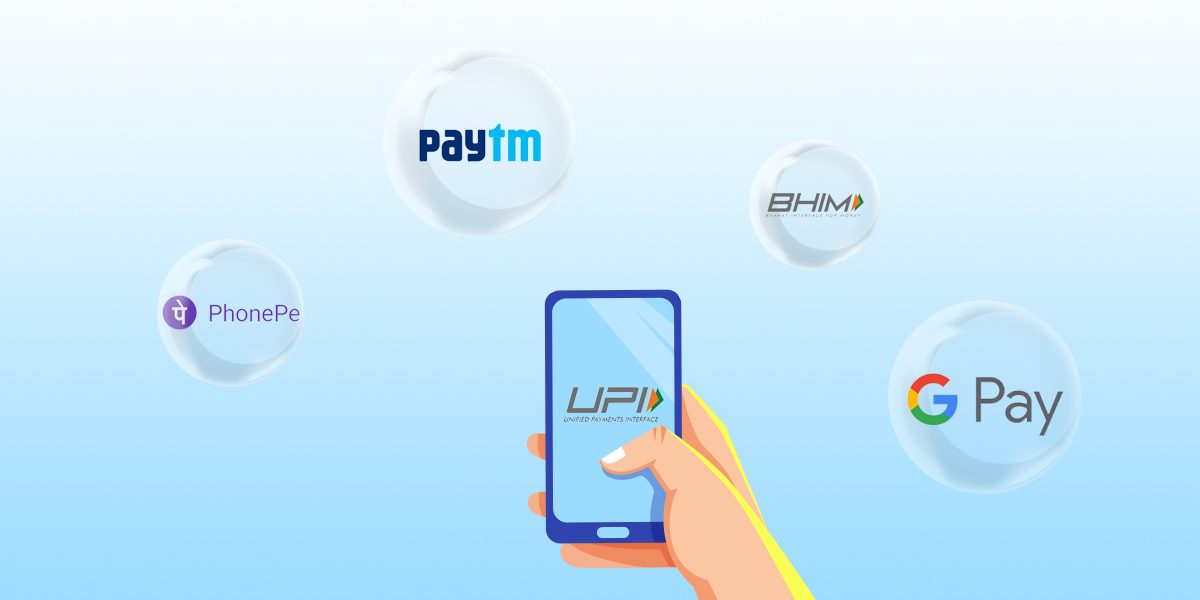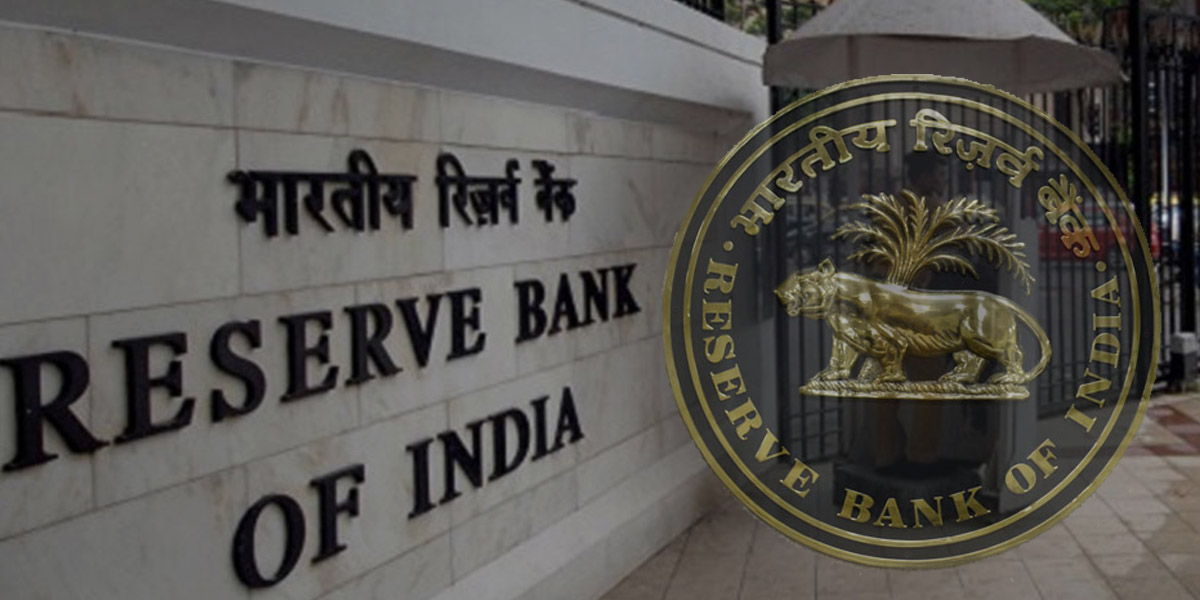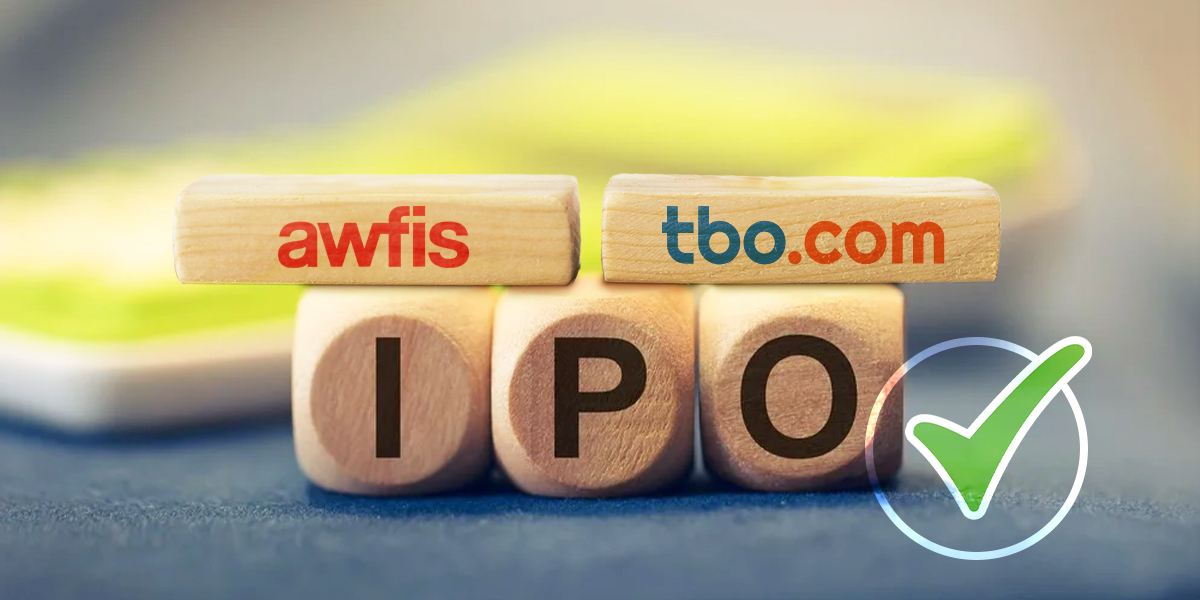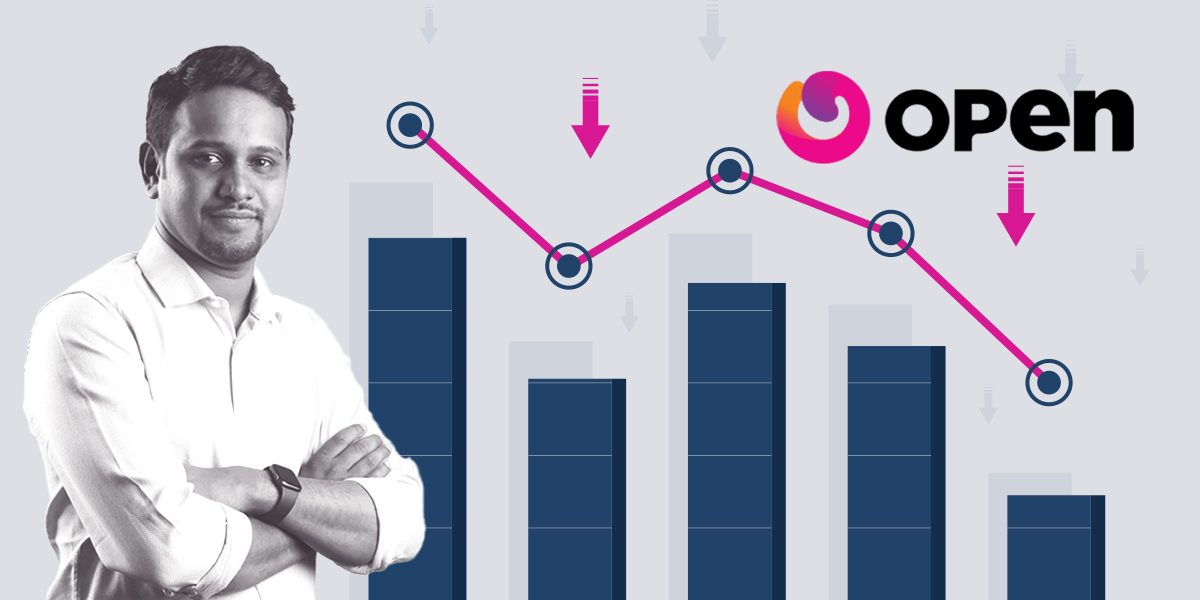Two months after National Payments Corporation of India (NPCI) talked of imposing a market share cap of 33% on UPI-based payment entities to kill monopoly in the space, the plan has reportedly been put on hold.
The idea, which was to be implemented in a couple of months in the wake of WhatsApp’s Pegasus spyware controversy and its payment service launch in the country, has been put on the back burner for next year.
The market share cap for payment entities might only be picked up later next year, said an ET report.
In September, NPCI has talked about capping UPI market share to 33% for all payment apps. The move was mainly aimed at curbing the concentration of volume of transactions from a few limited firms.
Google Pay, PhonePe and Paytm together contribute close to 90% in UPI transaction volume. As per market figures till August, Flipkart-owned PhonePe recorded the highest number at 342 million, followed by Google Pay at 320 million while Paytm was in the third spot at 157 million.
NPCI’s major concern was its BHIM app’s lowest contribution: about 1.84%, in the past 12 months.
Along with BHIM, other payment apps like Mobikwik, Freecharge and Amazon Pay have also been on the lower side of growth compared to the top three payment entities.
Over the past couple of years, digital payments railroad has registered significant growth. In October, UPI had crossed 1 billion transactions worth Rs 1,91,360 crore.
Also, there were concerns raised about the capping issue as it would also create inconvenience for users who transact more frequently though one particular app.
Early November, RBI directed NPCI CEO, after a Supreme Court ruling, to not allow WhatsApp Pay, which has been in a beta stage for a year, to launch its full-scale operations in India over its failure to comply with data localisation norms.
Besides, WhatsApp has also been at the centre of a storm over recent hacking of its messaging app. The government had reached out to the Reserve Bank of India and the NPCI to discuss the safety features of these services.













